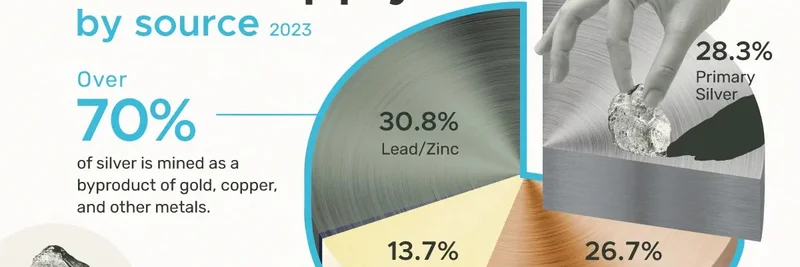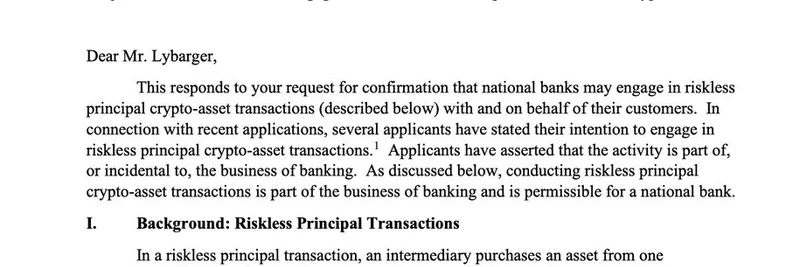The Ethereum Foundation (EF) continues to push the boundaries of blockchain technology, and their latest protocol research updates from October 17 to 31, 2025, are packed with innovations that could supercharge the ecosystem—including the wild world of meme tokens. Shared in a thread by EF researcher ladislaus.eth, these updates cover everything from zero-knowledge proofs to network optimizations. If you're into meme coins built on Ethereum, these developments mean faster, more secure, and efficient transactions down the line. Let's break it down.
为以太坊对 zkVM 进行基准测试
One standout update comes from the L1-zkEVM team, who dropped a detailed explainer on benchmarking zero-knowledge virtual machines (zkVMs). zkVMs are essentially tech that lets you prove computations happened correctly without revealing all the details—think privacy-preserving smart contracts. This benchmarking effort dives into the nitty-gritty, helping developers compare different zkVMs for Ethereum's layer-1 scaling.
为什么这对 meme 代币很重要?更快的 zk 证明可能意味着更快、更便宜的发币与交易,减少常常扼杀热度的 gas 费用。查看完整文章请访问 Ethereum Foundation 的 zkEVM 博客。
混合加密 mempools:在安全与速度之间权衡
Next up is a fresh proposal for hybrid encrypted mempools from researchers Benedikt Wagner and Julian Ma. Mempools are where transactions wait before hitting the blockchain, and encryption helps prevent sneaky tactics like front-running—where someone jumps ahead of your trade to profit.
这个混合方案使用一个门限委员会(需要一组节点达成一致)来强制解密,同时用户也可以在需要时自行公开他们的交易。它打破了保持交易可见性与避免 MEV(矿工可提取价值)利用之间的传统权衡。对于 meme 代币的交易者来说,这可能意味着在发售时更公平,减少被机器人抢跑的风险。
深入阅读该提案请见 这里。
用 SOON 优化 P2P 网络
Thomas Thiery and Marios Ioannou introduced "Selecting Optimal Outbound Neighbors" (SOON), a tweak to Ethereum's peer-to-peer (P2P) layer. Right now, messages like blocks and attestations get forwarded to random peers, which can lead to delays and wasted bandwidth.
SOON 通过优先选择最快的对等节点来改变这一点,从而在不破坏核心 GossipSub 设计的前提下减少延迟和带宽开销。它可以针对不同类型的消息进行调优,从而整体上使网络更灵敏。依赖实时热度和快速拉升的 meme 币社区,能从更顺畅的交易数据传播中获益。
阅读全文见 Ethereum Research。
SNARK 系统中 FRI 的安全性分析
In collaboration with zkSecurity, researchers presented a security deep-dive into the Fast Reed-Solomon Interactive Oracle Proof of Proximity (FRI)—a key component in modern Succinct Non-interactive ARguments of Knowledge (SNARKs). SNARKs are what make zero-knowledge proofs efficient, and this analysis focuses on "round-by-round" soundness, proving the protocol's robustness.
他们甚至用图着色(graph coloring)等概念简化了证明,使其更易理解。对于利用零知识技术(例如注重隐私的 meme 代币)的项目来说,更稳固的 SNARK 基础意味着更可靠的可扩展性。
在 Ethereum Research 上查看论文和博客。
EF Prototyping 团队的新枢纽
The EF Prototyping team refreshed their website, showcasing ongoing work and team members. It's a great spot to track prototypes that could evolve into core Ethereum features. If you're building meme token tools, keeping an eye here might give you an edge on upcoming tech.
访问更新页面:prototyping.ethereum.foundation。
回顾之前的更新
The thread also links back to the prior EF research roundup from earlier in October, covering state expiry, bandwidth estimates, post-quantum workshops, and zk-optimized hash functions. It's a solid chain of knowledge for anyone tracking Ethereum's evolution.
这些更新突出了以太坊正如何为更可扩展、更安全的未来做准备——这对 meme 代币的爆炸式增长尤其重要。想看原文请关注 ladislaus.eth 的线程,并继续关注 Meme Insider,了解更多区块链技术与 meme 文化交汇的进展。




